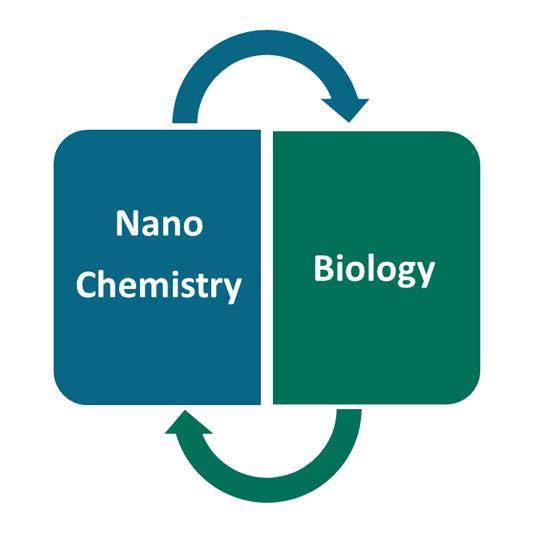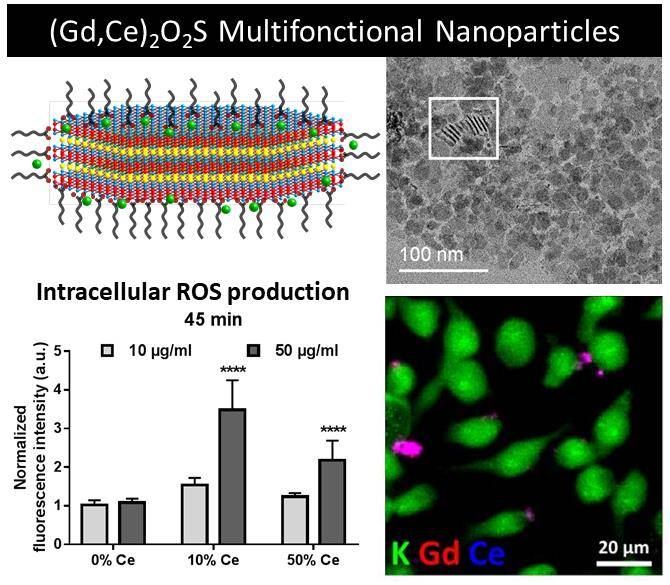Safer-by-Design Nanoparticles
|
|
Nanoparticles raise exciting possibilities to build new materials, to design targeted therapies or to store information. However, many questions remains regarding their impact on human health (toxicity) and on the environment (eco-toxicity). A strategy has recently emerged to mitigate their effect: it consists in involving toxicity studies from the design step. |
Thanks to a collaboration with a team of biologists and physician at INSERM (Dr. Sophie Lanone team, Institut Mondor), we are developing "safer-by-design" nanoparticles. These nanoparticles are those that we are studying in other projects (metal phosphide, metal oxysulfides...). Contrary to carbon nanotube or nano-titania, these are still emerging nanoparticles, meaning that they did not yet find their way to large-scale application.
Related papers:
Risk Analysis and Technology Assessment of Emerging (Gd,Ce)2O2S Multifunctional Nanoparticles: An Attempt for Early Safer-by-Design Approach
A.-M. Nguyen, A. E. Pradas del Real, O. Durupthy, S. Lanone, C. Chanéac, S. Carenco, Nanomaterials 2022, 12, 422. |






